While many of the rules of composition are meant to be broken, they are still worth learning and considering whenever you are framing a photograph. Curves add movement to what would otherwise be a stagnant image. While sharp, straight lines can seem a little harsh and dramatic, curved lines move the viewer’s eye throughout the image naturally. There are many different types of curves that you use to create an interesting composition, and many different ways to use them depending on what you want the particular mood or meaning of your photograph to be.
Leading Lines
You may be familiar with the term ‘leading line’. A leading line takes your eye from one point of the photograph to another, following along a single line. Many are familiar with leading lines down a long trail or railroad, but many are not as familiar with the curve as a leading line. By using a curved line instead of straight, the viewer’s eye moves more naturally along the composition. In the photograph below, you can see how the curved line running through the center of the photograph gradually leads the viewer’s eye through the photograph, running through the fields of green and yellow in the foreground straight back to the red barn in the background. Using a curved line allows you to take in the entire photograph before reaching the final destination.
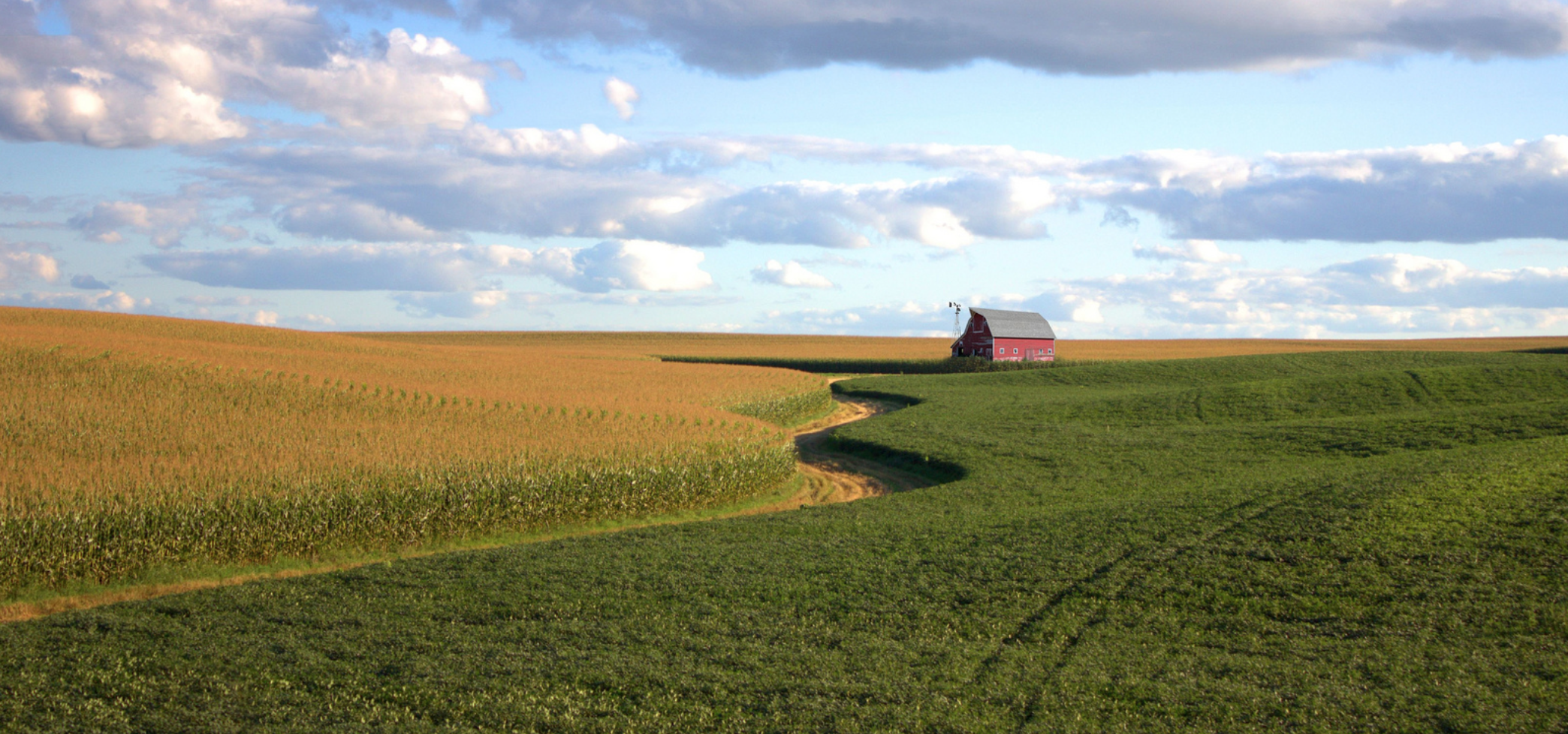
Spiral Curves
When used in a composition, spiral curves tend to take the viewer’s eye to one center point, yet not as drastically as if it were one straight line. While the center point is not always in the center of the composition, it is always in the center of the spiral. If you choose to use a spiral curve in your composition, it’s important to not include any other distracting subjects. Any subjects outside of the spiral curve and main focus point will distract the viewer and they will have a hard time figuring out what to focus on. As you see in the photograph below, the spiral staircase converges into one central point, which is marked by a soft green color. In this photograph, it is hard to focus on anything but the central spiral that leads to that green.
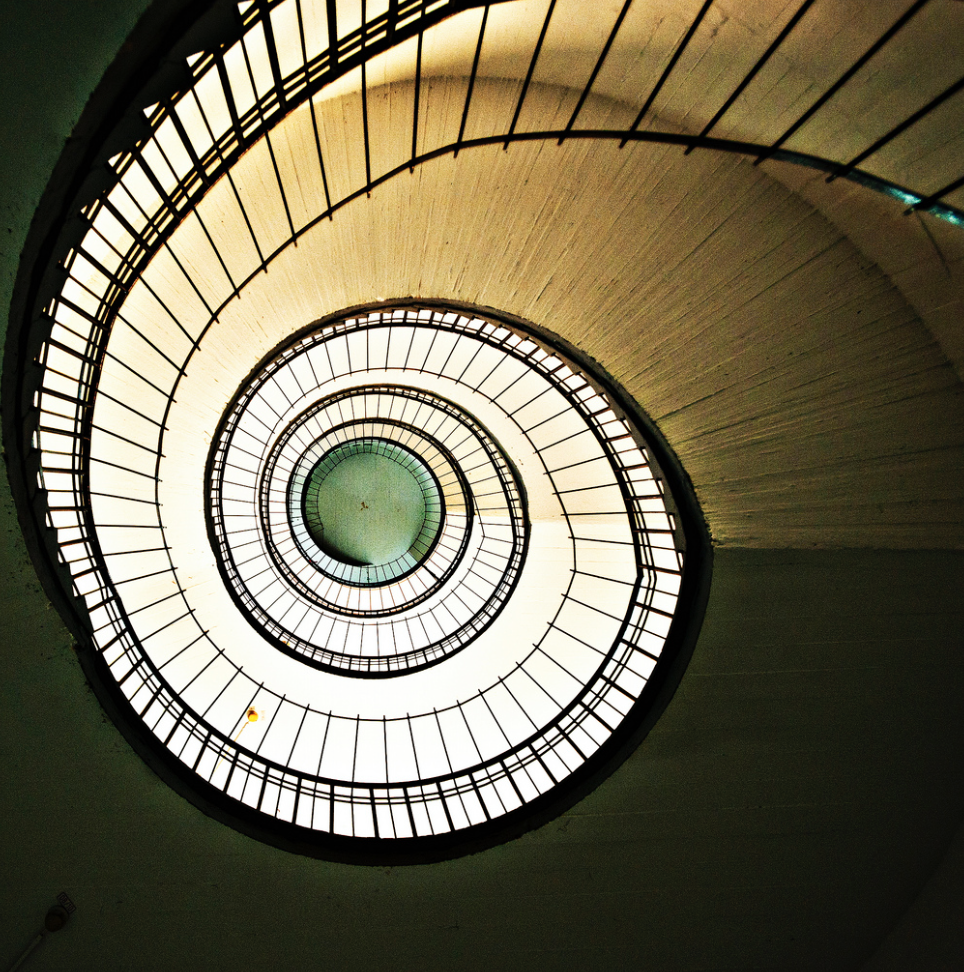
Curves of the Human Body
When thinking about composing with curves, many photographers don’t take into consideration the many curves of a human body. While the exact contours of a human body are not as noticeable when covered in clothes, once the body is undressed it becomes a beautiful landscape of many different curves and contours. While women are traditionally thought of as being “curvier” than men, the same beautiful curves can be found in a man’s body as well. Many photographers have used the human form to create beautiful, abstract photographs that must be viewed intently before determining exactly what the subject matter is. In the photograph below, can you tell what part of the human body you are looking at?
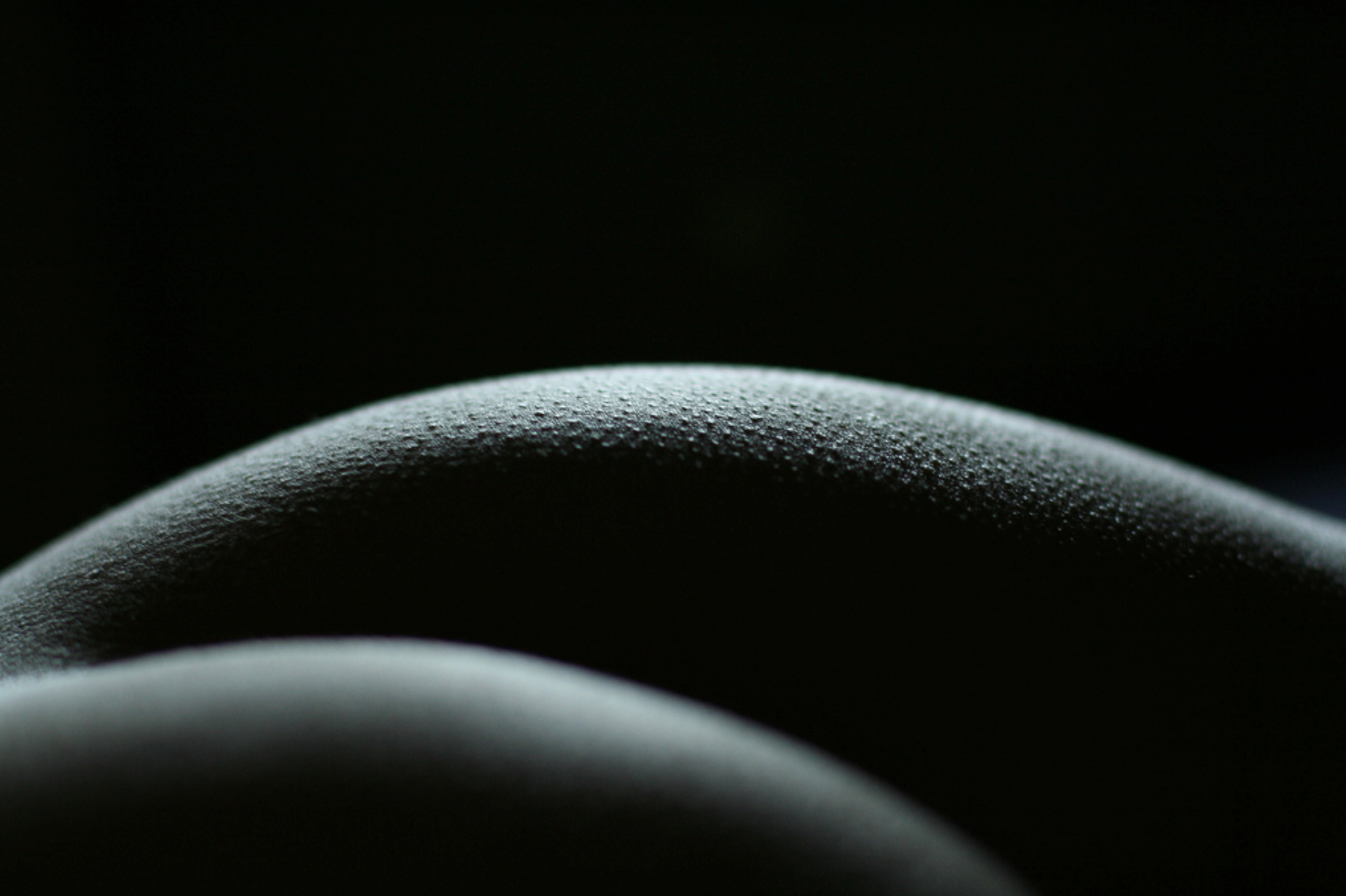
Curves in Repetition
Using curves that repeat throughout a photograph can create a beautiful abstract photograph. When using curves in repetition, it’s important to use curves that are all very aesthetically similar to each other. This may mean that they are all moving in the same direction or they all work within the same color scheme; repetitive compositions that work within variations of the same hue are more effective than those with too many different colors. When using this compositional technique, the simpler the better. In the photograph of Antelope Canyon below, it can be hard to discern exactly what the photograph is of unless you know that this place exists. The natural, repeating curves and the varying hues of pink and orange all work together to create a beautiful, abstract photograph.

Curves in the Foreground
Composing with curves in the foreground can help break up an otherwise monotonous image. These curves can separate the foreground from the background, or even a foreground and a middle ground from a background, as you can see in the image below. The image of the sand dunes essentially has three different parts; the foreground and middle ground of the photograph are both accentuated through the use of curved lines. The curves in the foreground are vertical, the curves in the middle ground are diagonal, and then the sky is a completely separate entity in the background.
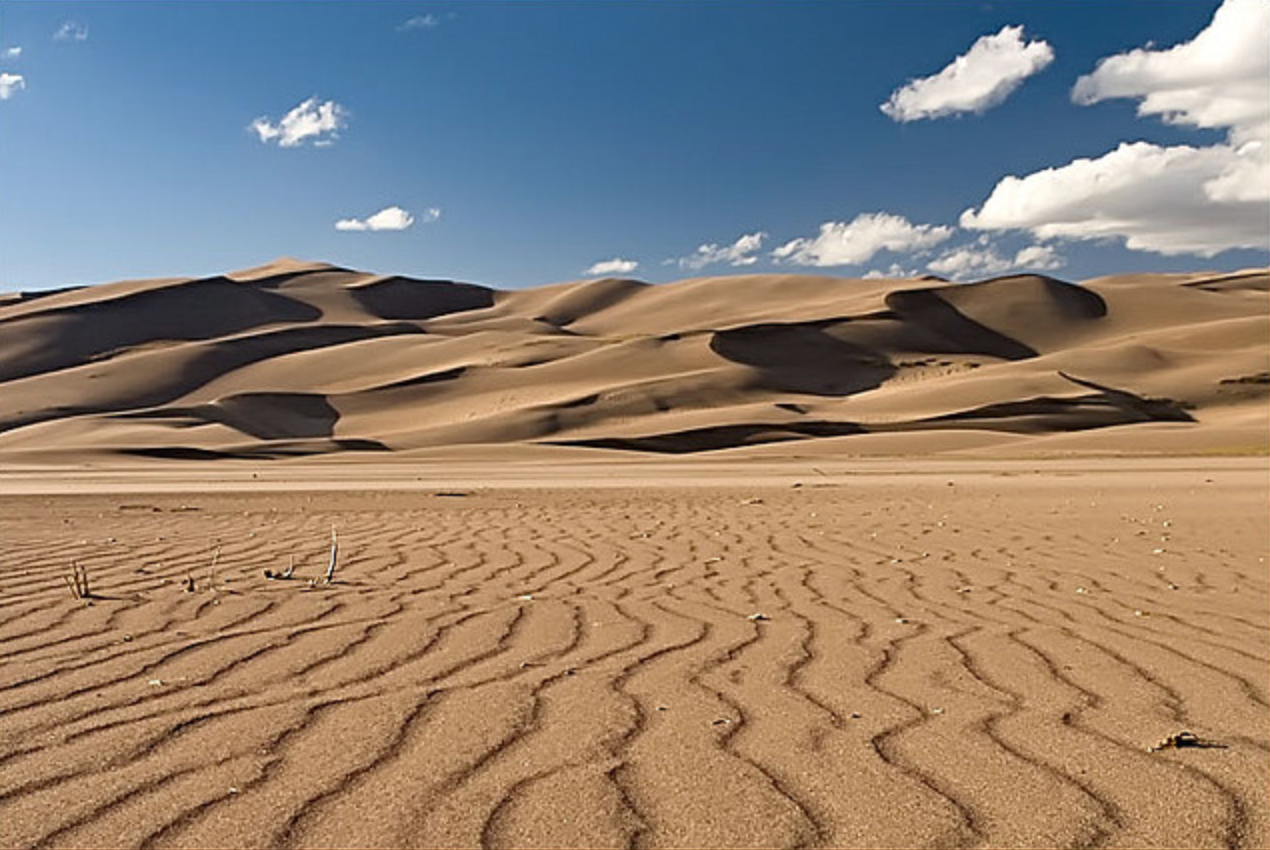
Curves to Create Contrast
Using curves to create contrast is most effective when shooting monochromatically. As you can see in the photograph below, the image is made up of many different curves going many different directions. In this particular photograph, the photographer chose to combine curved lines with straight lines, creating a very interesting and complex composition. Because the image is so complex, choosing to shoot the image in black and white reduces the sense of being overwhelmed. When looking at a monochromatic image, you can focus solely on the curves and lines and overall contrast of the image; the way in which all of these things play into each other. If the photograph was taken in color, the viewer’s eye would be too overwhelmed to take in any of this information.
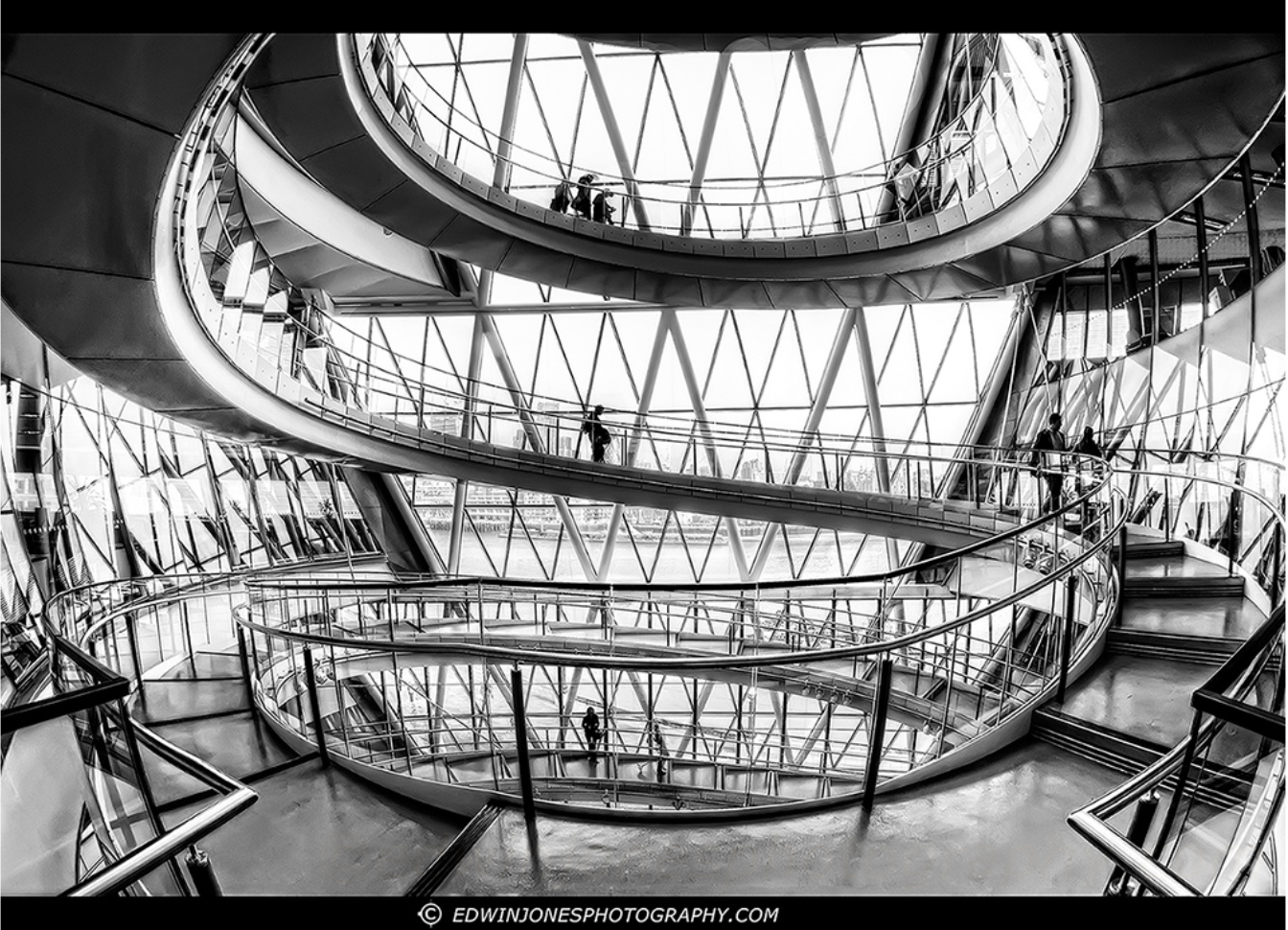
There is no one right way to play with curves. As with all rules of composition, the rules are meant to be broken. It is, however, important to be aware of the way in which curves are helping or hurting your own compositions. The more you are aware of the curves that appear in everyday life, the more complex and beautiful your compositions will become.
To learn more about composition and other advanced photography techniques, enroll in a photography degree at the New York Film Academy in Los Angeles today!

